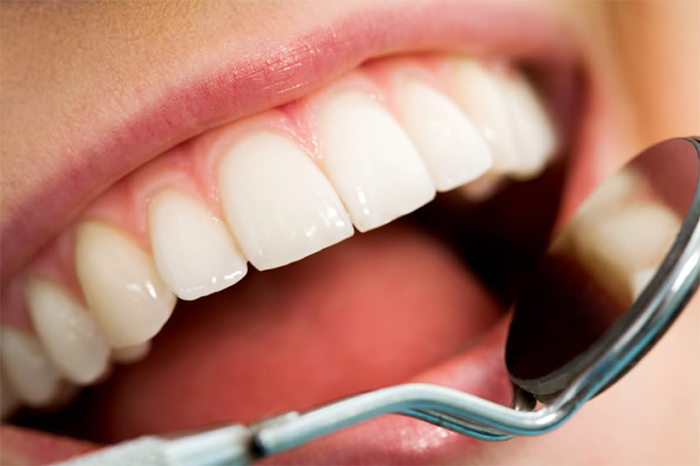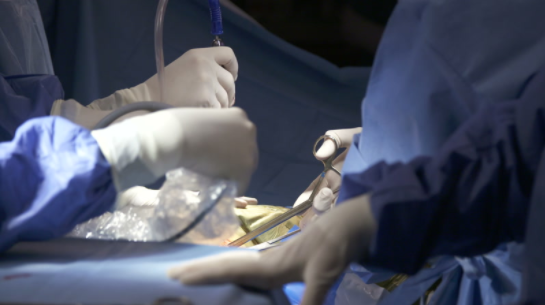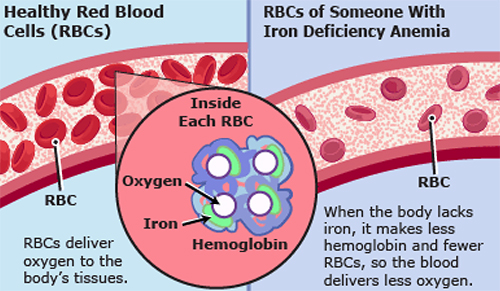Bleaching your Teeth
- 26, August 2016
- In Tips
The quest for a whiter smile has never been more popular and requests for teeth whitening are numerous. There are a number of different treatments available, ranging from a simple mouth guardtype plastic tray into which the patient squirts the bleaching solution, to an in-surgery treatment using high strength bleaching agents, special high intensity lights, heat and other materials.

Where to start
Talking to your dentist first is still the safest advice. He or she can tell you whether whitening procedures would be effective for your particular teeth, since whiteners may not correct all types of discolouration. For example, yellowish hued teeth will probably bleach well, brownish-coloured teeth may bleach less well, and greyish-hued teeth may not bleach well at all.
Likewise, bleaching may not enhance your smile if you have had bonding or tooth-coloured fillings placed in your front teeth. The whitener will not affect the colour of these materials, and they will stand out even more in your newly whitened smile. In such cases, you may want to investigate other options, such as porcelain veneers or dental bonding.
Will teeth whiteners damage tooth enamel?
Studies involving 10% carbamide peroxide whiteners have found minimal or no effect on the microhardness or mineral content of tooth enamel surfaces. Scanning electron microscope studies of the enamel of teeth that have been bleached have typically not shown any damage either. In relative terms, studies have shown that exposure to soft drinks and fruit juices cause comparable or greater alteration of tooth enamel than do tooth whiteners.
What are the advantages of bleaching?
Darkened teeth can be lightened noticeably in a relatively short period (from four to five days, to up to three or four weeks);
success of treatment depends on how often the patient applies the bleaching trays; thus, the patient controls how effective the bleaching is; and
patient discomfort and side effects are usually minimal
And the disadvantages?
Currently, there are no long-term studies to document any side effects or damage;
patients need to wear the bleaching trays for six to eight hours a day to get an effect. The bleaching chemical may alter taste perceptions and interfere with digestion;
Other side effects may include hypersensitive teeth, irritation to soft tissues, a sore throat, and interference to bite from trays. Trays must be removed from the mouth while eating;
It is difficult to predict the end result. The bleaching process is variable and it is impossible to predict whether the treatment will satisfy a patient’s desires and expectations; and
Bleaching must be ‘boostered’ at intervals. Trays must be worn for several hours each month to keep the teeth white
About at-home procedures and products
These bleaching products contain peroxide(s), which actually bleach the tooth enamel. These products typically rely on certain percentages of carbamide peroxide as the bleaching agent
Peroxide-containing whiteners typically come in a gel and are placed in a mouth guard. Some products are used twice a day for two weeks, while others are intended for overnight usage for one to two weeks. If you obtain the bleaching solution from your dentist, he or she can produce a custom-fitted mouth guard that will fit your teeth precisely.
Contact your dentist immediately should you experience any side-effects! Teeth can become sensitive during the period that you are using the bleaching solution. In many cases, this sensitivity is temporary and should lessen once the treatment has been completed.
Some people also experience soft tissue irritation — either from a tray that doesn’t fit properly or from the solution that may come into contact with the tissue. If you have concerns about such side effects, you should discuss these with your dentist.
All toothpastes help remove surface stain through the action of mild abrasives. Some "whitening" toothpastes have special chemical or polishing agents that provide additional stain removal effectiveness. Unlike bleaches, these products do not alter the intrinsic colour of teeth.
Brought to you by the South African Dental Association (SADA) in the interests of healthy teeth, a healthy mouth and a healthy smile.
Electronic Scheme Forms
Broker Appointment Forms
Recent Posts





